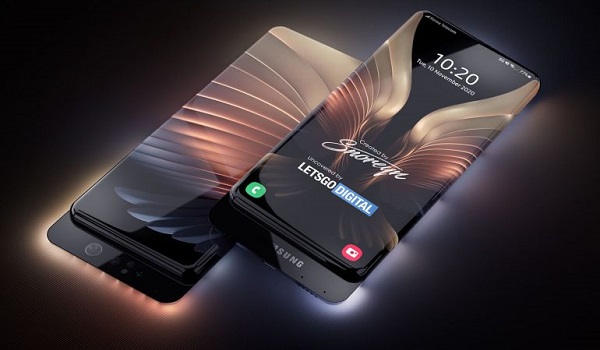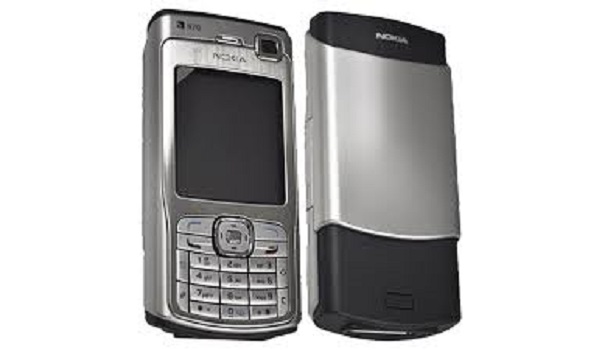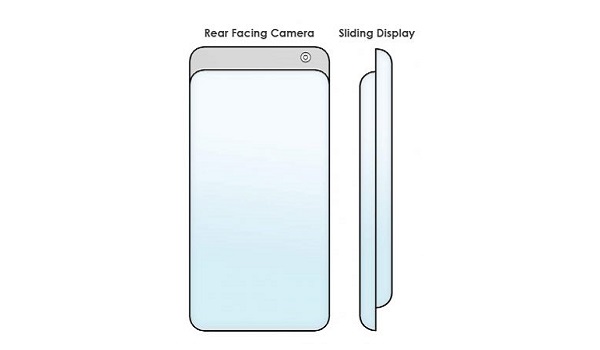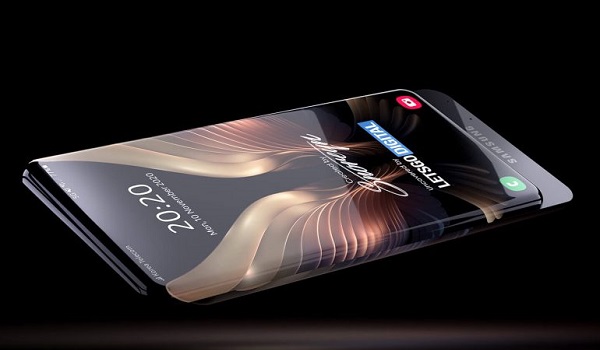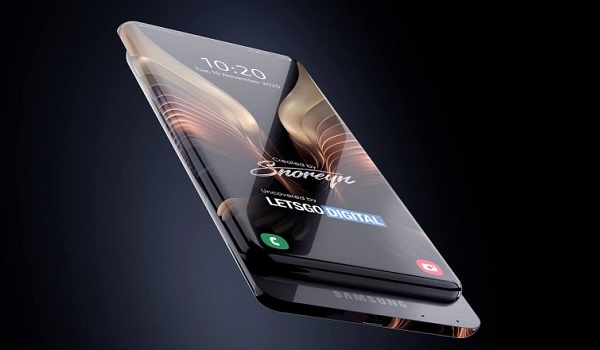in this age of boring flat slabs, a phone with a sliding mechanism may sound novel, but it isn’t exactly so. We have had quite a number of smartphones with sliding mechanism from years gone by – and I am not talking about sliding QWERTY keyboards.
One such early phone with a sliding mechanism was the Nokia N70. Released in 2005, the sliding mechanism worked to reveal and automatically launch the rear 2 megapixel camera. Don’t scoff; 2 megapixels was the bomb back then, and the N70 was one of the best camera phones of its day.
Sliding the mechanism instantly got the camera ready to shoot photos or video.
Another oldie that had a slider mechanism was Nokia N95, released two years after the N70 – in 2007. Like the N70, it was the top camera phone of its time and both belong among Nokia’s camera phone champs. But it was more than that: it was one of the best smartphones too.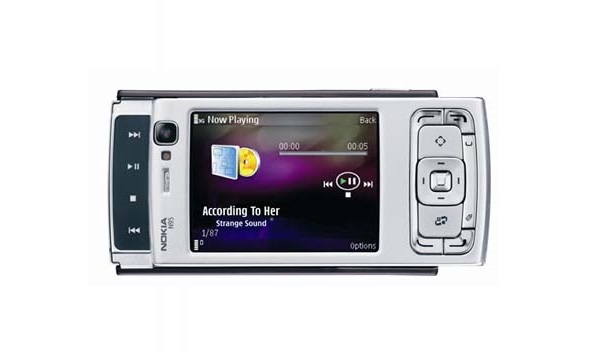
There is a report that Samsung has filed for a patent for a smartphone that plays on that nostalgia, incorporating a sliding camera mechanism and surround display. Here is a sketch of the design allegedly from Samsung’s filing documentation:
I have no idea of how the Galaxy Surround Display phone’s camera works. Does using the slide mechanism also trigger and launch the camera? Does it have other uses? Time will tell. But when you slide out the mechanism, the camera of the phone is revealed – similar to what obtained on the Nokia N70. In normal usage, the camera is hidden away.
What is Surround Display? In this case, it means that the device has a display on all sides – front, back, and edges. The first thing I am wondering is how anyone will be able to hold and use it without triggering all manner of unwanted presses and responses. But I imagine that sufficiently smart sensors and software can make it doable. It is always a question of how advanced the technology is.
According to the report, artifical intelligence (AI) is involved and determines which section of the display is active while the phone is in use.
A 100% glass surface display with curved edges all round and no bezels whatsoever is intriguing, you will agree. But that isn’t all: the housing of the phone is also transparent. It apears that the idea of transparent phones is catching on these days. And we see it applied here in this patent filing.
With a 100% glass surface, everything is located under glass – under the display. That includes a fingerprint sensor, a front-facing camera, loudspeaker, the whole works. The power button is also built into the display. There is no SIM card slot. In its place, this smartphone uses an eSIM. That’s a virtual SIM.
Now, to the elephant in the room: price. All that glass – glass on all sides and new implementations of everything else – will translate to a high production cost. If this patent ever makes it to the market, the device will cost an arm and a leg.
But innovation is always costly at the initial stages. We have already seen how costly foldable phones are. The prices will drop eventually as the the technologies involved go mainstream and economies of scale kick in. This is how it will be with an all-glass phone of this sort. Be ready to pay a premium price at first.
Renders of Samsung’s Surround Display Phone with Sliding Mechanism
Enjoy the renders of this Surround Display smartphone with a sliding mechanism below:
What do you think of the idea?
The above renders of Samsung’s Surround Display smartphone were designed by Giuseppe Spinelli (Twitter handle: @Snoreyn).
References
- Lets Go Digital: source
